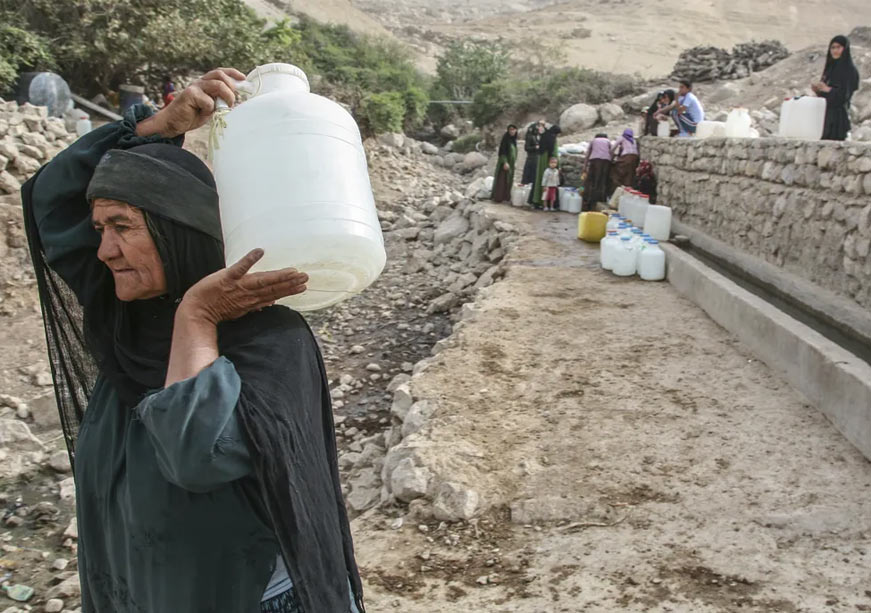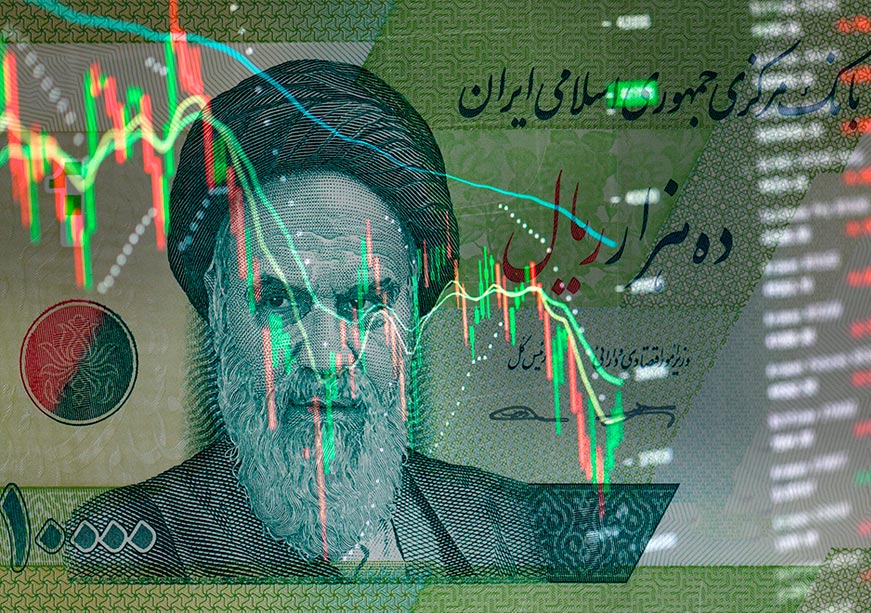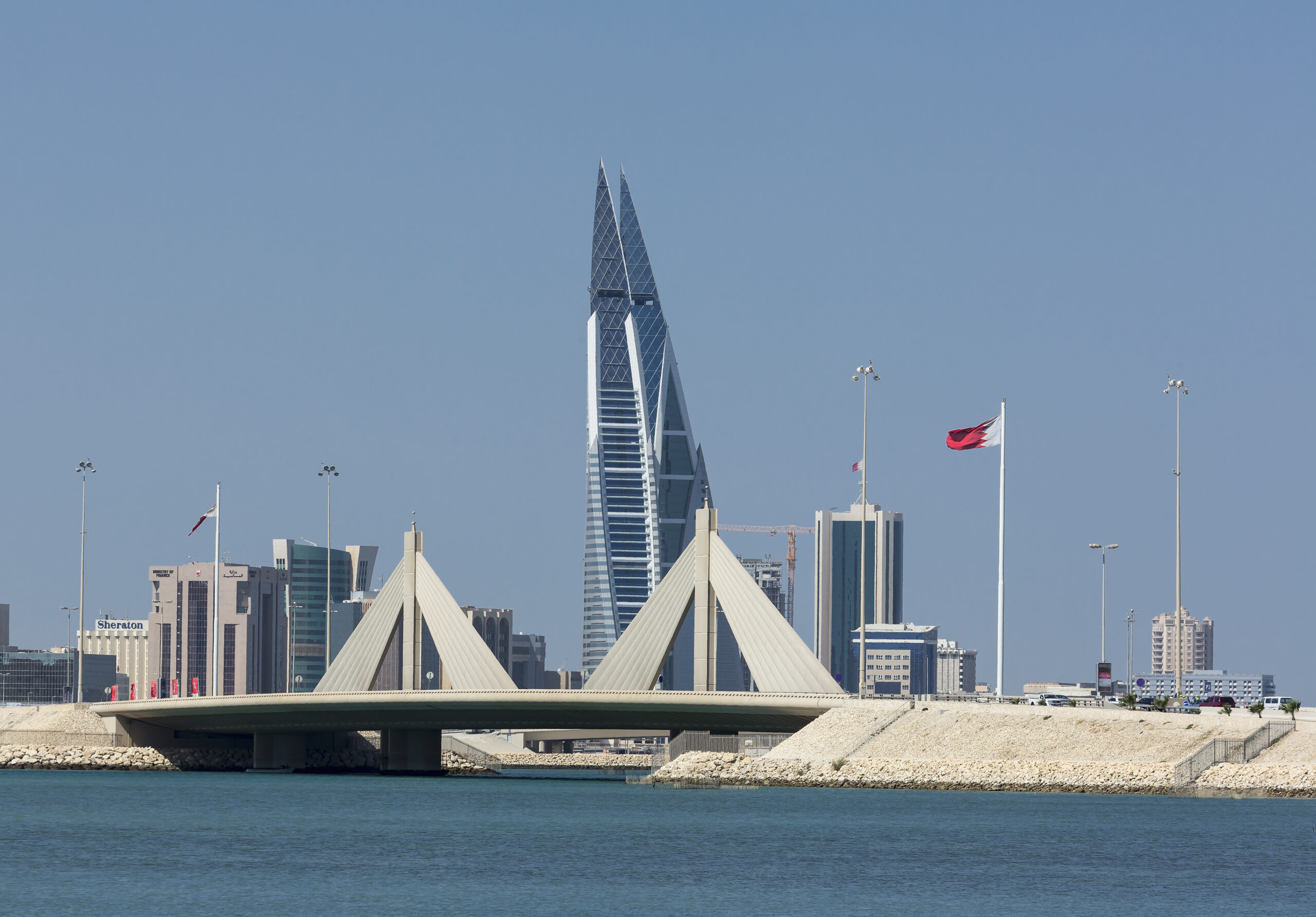Iran’s water story is intertwined with its modern political evolution. During the Pahlavi era, the country’s national strategy centred on industrialisation and modernisation. Through the White Revolution (1963), the Shah sought to transform Iran into a modern, industrial state capable of rivalling Western economies. Agriculture was not neglected maliciously but deprioritised, a calculated choice that reoriented capital, labour, and infrastructure towards factories, oil, and heavy industry.
Land reform broke up large estates and dismantled the landlord-peasant hierarchy. Aimed at equity, it instead disrupted efficient farming and alienated rural elites. Lacking capital or irrigation infrastructure, many smallholders saw the Shah’s modernisation as a betrayal of Iran’s agrarian roots.
This resentment became politically significant. The Islamic Revolution of 1979 found many of its earliest supporters among disaffected rural and small-town populations. Clerical leaders, including Ayatollah Khomeini, who came from a modest rural background, capitalised on this grievance. After the Revolution, policy underwent a decisive shift: agriculture was transformed from being an economic sector to an ideological symbol of national authenticity and revolutionary justice.
The government promoted extensive agricultural expansion, constructing dams and subsidising water-intensive crops such as wheat, rice, and sugarcane, even in arid regions.
The Iran–Iraq War (1980–1988) further reinforced this shift. Wartime self-reliance fostered the ideology of “khodkafa’i”, meaning self-sufficiency. Food production became an emblem of resilience against foreign dependence. The government promoted extensive agricultural expansion, constructing dams and subsidising water-intensive crops such as wheat, rice, and sugarcane, even in arid regions.
In Shia tradition, the denial of access to water during the Battle of Karbala — when Imam Hussein’s camp was cut off — became a powerful moral reference. After the Revolution, this symbolism shaped welfare policy, where the state declared that no one should be denied water. Regulatory barriers to household access were loosened, enshrining water as a right rather than a commodity. This theological commitment, however, encouraged overconsumption and reduced incentives for conservation, setting the conditions for long-term depletion.
Cultural and Ideological Dimensions
Water in Iran is not merely a natural resource; it is an ideological artefact, woven into revolutionary identity. The Islamic Republic presents access to water and bread as proof of divine justice and government compassion. Subsidies, particularly for rural farming, have become mechanisms of political inclusion and loyalty. Farmers, long considered the “guardians of the revolution,” benefit disproportionately from cheap electricity and irrigation water.
This is more than populism; it reflects the regime’s rural roots. Early leaders saw agriculture as a sacred labour and a revolutionary duty, enshrining self-sufficiency as moral virtue, while subordinating industry to social equity and privileging loyalty over efficiency.
Bread, in this context, is ideological. It appears in countless Persian idioms symbolising honour, livelihood, and divine blessing. To suggest that bread or the water that produces it should be treated as a priced commodity is politically toxic. Thus, proposals for water pricing reform are routinely denounced as “anti-Islamic” or “elitist.”
The symbolic resonance of bread in Persian and Islamic culture amplified this commitment. Ensuring that “bread is always on the table” and “is not coming from alien foreign countries” became both a social contract and a theological duty.
Decision-makers, many of whom rose through revolutionary or wartime institutions rather than bureaucratic channels, approach the water crisis through a wartime lens where shortages are to be endured, not prevented.
This ideological framing has contributed to policy paralysis. Decision-makers, many of whom rose through revolutionary or wartime institutions rather than bureaucratic channels, approach the water crisis through a wartime lens where shortages are to be endured, not prevented. Scarcity becomes another battlefield on which citizens must display patience and faith. Such framing discourages reform: subsidies persist, consumption continues, and the very narrative that once united the state and society now impedes the strategic planning required for sustainability.
Current Challenges
The consequences of these intersecting forces are profound. Iran’s water crisis now encompasses structural, governance, and social dimensions.
Infrastructure and Industrial Conflict:
While early post-revolutionary governments invested heavily in dams and canals, the “water mafia” built dams that were rarely filled. This caused the water tables in the plains to drop from the 1990s onwards, turning once-fertile lands to dust.
More critically, the state is now both the regulator and a competitor. Many of Iran’s largest water-consuming industries, including steel, petrochemicals, and energy, are state-owned or linked to quasi-military foundations. The government thus profits from the same inefficiencies it is tasked to correct. Any regulatory reform that would constrain industrial water use would also threaten its own revenue streams.
Corruption and Illegal Extraction:
The widespread illegal drilling of wells exacerbates depletion. Thousands of unauthorised wells continue to extract groundwater unchecked, often with political protection. Corruption and weak law enforcement mean that even where laws exist, they are selectively applied. Officials who benefit from these networks have little incentive to impose penalties.
Technocratic Gaps and Policy Inertia:
Following the Iran–Iraq War, many veterans entered the civil service. Their revolutionary credentials ensured loyalty but not technical expertise. Decision-making in water policy remains dominated by military and ideological figures rather than hydrologists or economists. Consequently, solutions tend to mirror wartime logic — reactive, short-term, and framed as resistance rather than reform.
Investment cycles remain short, with a preference for visible, rapid projects such as building dams rather than long-term basin management.
Emergency Governance:
Iran’s broader political culture reinforces this short-term approach, where the state operates in perpetual emergency, responding simultaneously to sanctions, inflation, energy shortages, and social unrest. In such an environment, water reform is perpetually deprioritised. Investment cycles remain short, with a preference for visible, rapid projects such as building dams rather than long-term basin management.
Social and Security Implications:
Rural areas, once pillars of revolutionary legitimacy, are now epicentres of discontent. The drying of rivers like the Zayandeh Rood in Isfahan has provoked repeated protests by farmers demanding state accountability. In Khuzestan, where mismanaged dams and industrial diversions have devastated agriculture, demonstrations have turned violent. Migration from desiccated villages to urban centres adds to unemployment, housing shortages, and public discontent.
The Way Forward
Iran has the scientific capacity to manage its water resources more sustainably, but its political structure and ideological imperatives obstruct reform.
Agricultural Diversification and Imports:
Iran could reduce pressure on its aquifers by importing water-intensive crops such as rice and sugarcane, focusing instead on drought-resistant varieties. However, this clashes with the doctrine of self-sufficiency, a pillar of revolutionary identity. Politicians fear that admitting reliance on imports would symbolically betray the Revolution’s promise of independence. Beyond crop diversification, Iran could modernise irrigation networks by replacing flood irrigation with efficient drip systems, thereby optimising agricultural water usage. Small-scale groundwater recharge projects, combined with soil moisture monitoring, could help stabilise rural livelihoods without the large capital requirements of new dams.
Reforming Subsidies and Governance:
A rational pricing system could discourage water wastage, but removing subsidies risks alienating the regime’s most loyal base: rural farmers. The experience of 2019, when fuel price hikes sparked nationwide unrest, remains a deterrent. More fundamentally, as the state itself is a major water consumer, genuine regulation would require the government to restrict its own enterprises, something it has consistently resisted. Complementary to pricing reform, investment in urban wastewater recycling and industrial water recirculation could reduce total freshwater withdrawals. Desalination, though renewable energy-intensive, could provide a strategic reserve for coastal cities like Bandar Abbas and Bushehr, easing pressure on inland aquifers.
Small-scale groundwater recharge projects, combined with soil moisture monitoring, could help stabilise rural livelihoods without the large capital requirements of new dams.
Technocratic Empowerment:
Replacing military and clerical decision-makers with technically trained administrators would ensure more consistent water management. However, such a transition would require shifts in authority that the Islamic Republic is unlikely to endorse. As long as key decisions are shaped by a “resistance” framing of scarcity, policy responses are likely to continue emphasising short-term rationing and tighter control over demonstrations, instead of pursuing broader structural reforms.
Institutional Independence:
Iran’s water agencies require autonomy from political and industrial interests. The government must cease to act simultaneously as producer, regulator, and beneficiary. Only then can regulation be credible. But this would entail disentangling vast networks of patronage and parastatal control, a challenge few within the system are willing to confront.
Structural Barriers:
Ideology remains a major obstacle, but it is compounded by other factors: the rural social foundation of the regime, the symbolic centrality of bread, and the entrenched belief that endurance equals strength. These collectively prevent rational recalibration. The leadership’s wartime mentality of expecting citizens to “fight through droughts” perpetuates short-termism and discourages development.
Conclusion
Iran’s water crisis is no longer a resource issue; it is a mirror of inept governance. The same revolutionary values that once stabilised the regime now obstruct its adaptability. Self-sufficiency has become self-defeating, and ideological loyalty has become institutional inertia.
Corruption, mismanagement, and competing state interests compound the problem. Each new “solution” is reactive, be it water rationing, ad-hoc transfers, or temporary desalination plants.
Iran’s leadership faces a strategic choice: either continue rationing scarcity or redefine water as a national, not ideological asset. This would require depoliticising agriculture, empowering technocrats, and planning in terms of decades rather than electoral cycles. Without such a shift, Iran risks a future where its wells, like its political power, run dry.
Kamyar Kayvanfar is a native Persian and English speaking communications and public affairs professional with experience at EY and Kreab.












